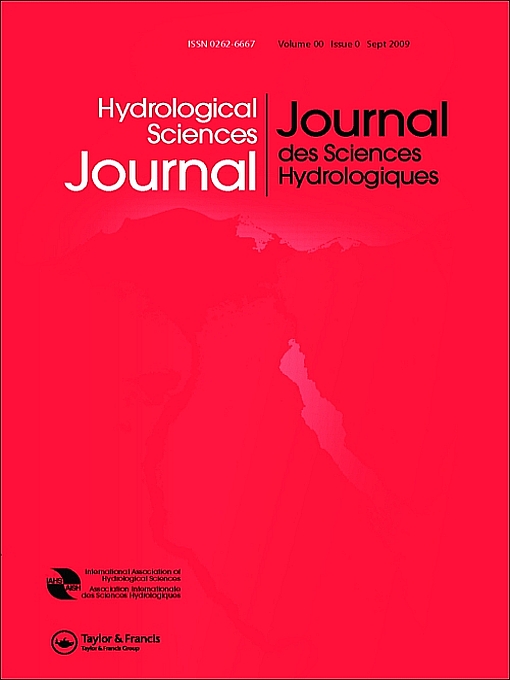
Global Effects of Doubled Atmospheric CO2 Content on Evapotranspiration, Soil Moisture and Runoff under Potential Natural Vegetation
- Publication
- Citation
Leipprand, Anna and Dieter Gerten 2006: "Global effects of doubled atmospheric CO2 content on evapotranspiration, soil moisture and runoff under potential natural vegetation". Hydrological Sciences Journal, Vol. 51, No. 1, 171-185.
The atmospheric CO2 content, which might increase more than two-fold by the end of the century, not only has an impact on the global climate, but also directly affects the water balance of the terrestrial biosphere. Anna Leipprand and Dr. Dieter Gerten from the Potsdam-Institute for Climate Impact Research published an article in the Hydrological Sciences Journal that analyses these impacts.
Rising atmospheric CO2 concentration affects the water balance through climatic changes and through changes in transpiration, vegetation structure and distribution. This study quantifies CO2 effects upon evapotranspiration, soil moisture and runoff under conditions of potential natural vegetation globally, using a biosphere model forced by observed climate (1961–1990). Isolated CO2 impacts were inferred from a 2 x CO2 scenario, assuming no climate change.
Global effects are moderate: evapotranspiration decreases by 7%, whilst runoff and soil moisture increase by 5% and 1%, respectively. But the effects vary regionally and seasonally, owing to the complex interplay between water and vegetation dynamics. For example, reduced leaf-level transpiration is outweighed by increased transpiration resulting from enhanced vegetation cover in semiarid areas; and seasonal transpirational water savings result in year-round increases in soil moisture in boreal regions. Overall, CO2 effects impart significant variability to hydrological processes at all scales, so they merit consideration in assessments of future water resources.




